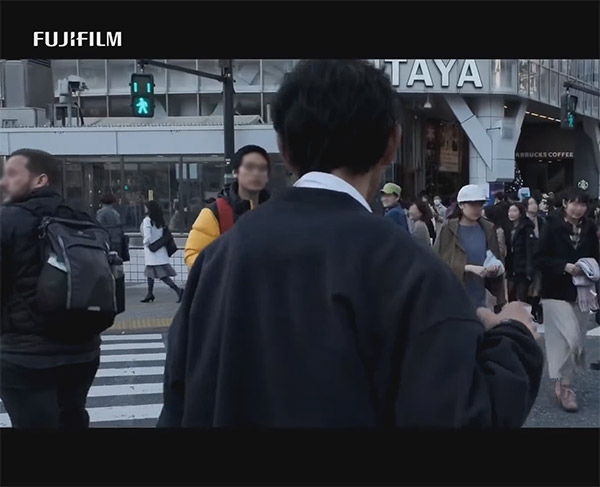With the release of the Fujifilm X100V, they featured the well known street photographer named Tatsuo Suzuki (similar to Bruce Gilden in style) in a promotional video giving viewers a look at his process of making images. He and others of the same style appear to often have an in-your-face method of getting photographs of people. After public backlash, Fujifilm took the video down.
Let’s take a look at this style of photography and go into detail on the morality, benefits, drawbacks, and other ways to approach taking photos of people in public. It’s a touchy subject, but I do think it’s worth discussing. I do think it’s something that we need to work on as a photographer community.
I see the goal of candid photography as not have the subjects notice a photograph is being taken. I’m not going to attempt to tackle the topic of true candid street photography, but rather the style that mixes candid and more aggressive ways of capturing a photo in urban environments. Basically, situations that can make subjects feel uncomfortable by someone approaching them out of nowhere. This doesn’t factor in techniques where you intentions are known and perceived as harmless. What artistic and social value does that bring compared to other styles?
I’m not talking about legality. That depends on laws for a given nation or locality. I’m in the USA. Very generally, we have no “expectation of privacy” while out in public spaces. However, Germany appears to have protections related to photography like this. The Gion district in Kyoto recently implemented restrictions of photography in the privately owned sections of that area. Going against the new restriction will result in a moderate fine.
A photographer I’m subscribed to on YouTube has an older video of a street photography outing with Tatsuo Suzuki. I did watch it. It looks like I didn’t comment on the video, so take that for what you will. That said, I was familiar with Tatsuo’s style before the Fujifilm sponsored video showed up.
For the moment, someone uploaded a copy of the Fujifilm promo video in question. I don’t know how long the video will be available, but here is a link to it. It’s in Japanese without subtitles.
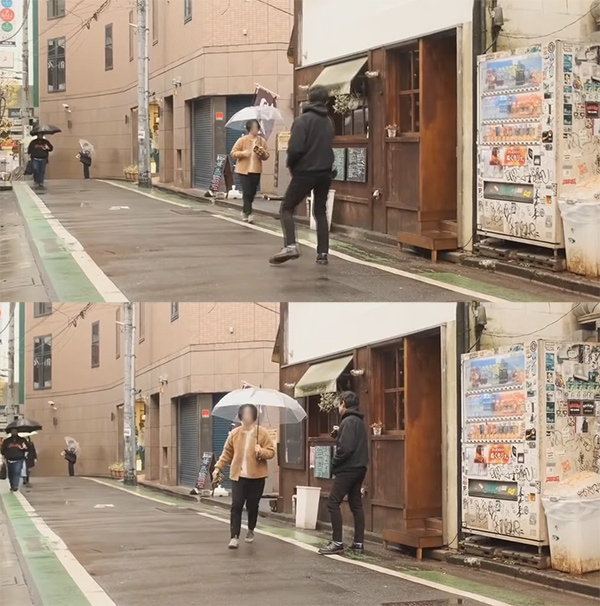
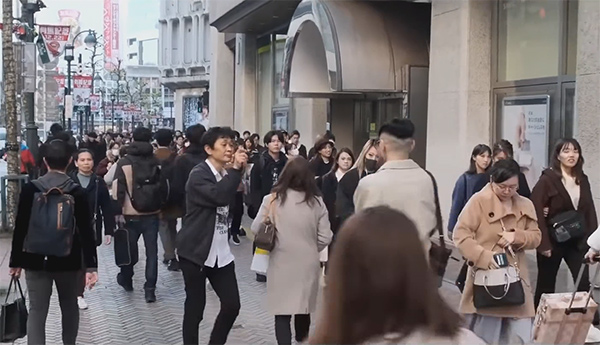
- We can see him walking opposite to the traffic flow. He will literally walk in front of people. It’s potentially meant to be obstructive to get the particular style of photo.
- At times he is trying to be candid. Other times, it looks like he is attempting to get a reaction from people.
- I personally don’t see this as capturing street imagery for the sake of historic record. It modifies the scene by putting himself into the mix. It modifies the expressions and body language of people being photographed. Maybe it’s more about human nature and what some consider the artistic side of photography. Basically trying to instill shock or surprise into a situation to capture that reaction. I’m forming this opinion here based on what I’ve seen him do and how the resulting photos shown look.
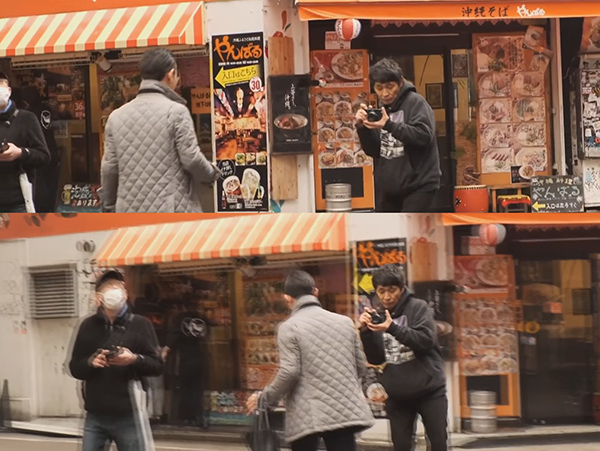
Is Fujifilm in the wrong here? I think it’s a side effect of collective culture and business. Just look at the many times an “ad apocalypse” has happened on YouTube due to public outrage of the given year related to what’s on the platform.
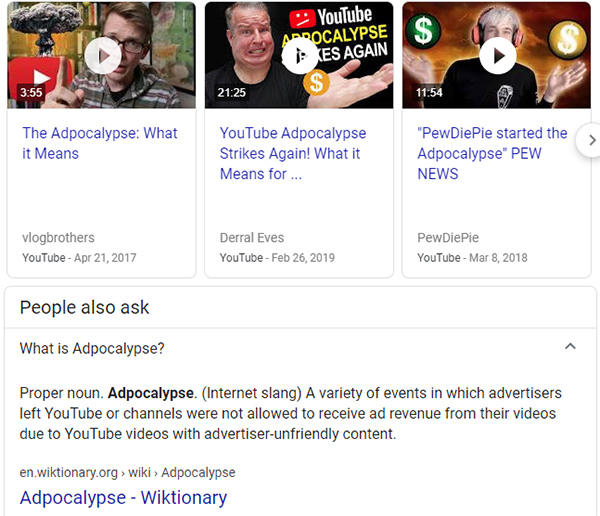
Advertisers naturally pull back with their brand when things like that happen. This situation isn’t any different. I can’t fault Fujifilm for making a sound business decision, though I do question why they didn’t see it coming. Just take a look at the comments in Samuel’s video to see how extreme people on both sides of the issue are. Fujifilm is staffed by many photographers, but their primary goal is selling cameras and other products. While they might get some “free publicity” out of this, polarizing issues probably hurt them in the end.
Tatsuo takes interesting looking photos and certainly has a lot of skill. While I don’t agree with his methods, I do want to say that Fujifilm should be treating him with a lot more respect than they apparently have so far. It is disappointing that things turned out this way for him.
My question now is, are there other options to achieve a similar result, while having more empathy for the subjects? Stop reading if you can’t break from your normal techniques and simple consider different ways to approach taking photos of people in public (call it street photography or whatever else).
I have a video where I document my friend doing street photography at a city market. We tried to strike a balance of technique and etiquette here. We do partake in some candid photography. All of it is situational. With that, I’m asking you to consider using your discretion with bias toward the people you are trying to take photos of. The people in public photos are the reason these photos have any interest. It’s about respecting them first. That doesn’t mean you are incapable of producing an interesting image while still showing that respect. Anyways, he tends to be more on the side of approaching people and talking with them before asking for photos.
I do see the value in candid street photography. Though, there is a difference between capturing a moment as an observer and being an obstruction or more. This isn’t about being “politically correct”. It’s about considering others. It’s about seeing your subjects as people and not things to use to fulfill your “artist vision” or whatever you want to call it. It’s about trying to consider the perspective of people being photographed. I personally believe that that mindset can heighten photographs to another level because it focuses on the most important aspect… the people in the photos.
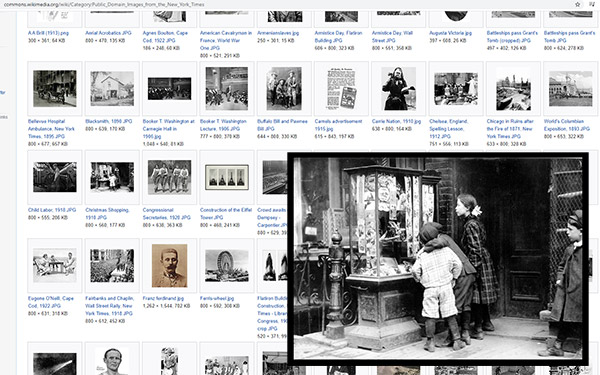
I think that a visual historic record of human society is very important. It has value now and into the future. How the streets look. How people dress. How they act. Events that happen. Can it be done with empathy? I believe so. Maybe not exactly the same, but all of it is a mixture of the photographer and what they want to focus on.
Here are a few ideas that could potentially be alternatives to getting in someone’s face to get the shot out in a public setting. These are meant to be off the cuff very simple idea. Think about your own journey and find a good balance of all factors.
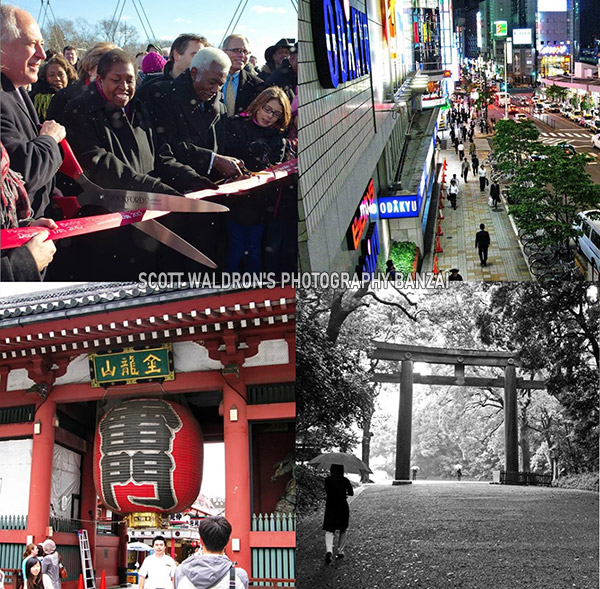
- Focus on the larger scene. Crop afterward if you want.
- Focus on ways of framing that leave the subject anonymous. You can still capture story, action, and events this way.
- Approach people and explain yourself. This a different style all together, but can certainly get the point across.
- Be in situations where candid photography is socially acceptable and wanted. Think of rallies, events, and similar situations.
Most of my people photography happens at pop culture related conventions. The vast majority of it is asking the individual or group if I can take a photo. I do occasionally take crowd photos candidly (or rather very obviously…). These are wide angle and not focused on a specific person. Intimate candids are very frowned upon at conventions. People in costume tend to want their work recognized and like having their photo taken. It’s one potential outlet for photographers interested in public people photography.
Technology might eventually have a hand in improving the general view of street photography. This could naturally happen as society changes. Another large topic I won’t get into here, but I see more and more monitoring/recording happening out in public both public and personal.
Imagine a pair of smart glasses that capture images and frame or focus based on your eye’s position. More on the wide angle end, but there could be some level of composition involved. That would be truly candid and it’s basically like capturing your memories at that point. Anyways…
I think there is a place for street photography and I personally see it as valuable to human society. That said, I suggest to fellow photographers to consider your subjects and practice empathy when you do this style of photography. Our hobby/business is being attacked and laws are not fixed in stone. We need to be stewards of this craft and promote it as a source of cultural benefit, not as something to be feared or hated. As a person with the camera in your hand, you are the one with power to create positive or negative experiences for everyone involved.
Clips of the Fujifilm video in question are shown on this website and in the video to describe the issues being talked about that directly relate to said video. Only what is necessary to critique is displayed. Fair Use: Copyright Disclaimer under section 107 of the Copyright Act of 1976, allowance is made for “fair use” for purposes such as criticism, comment, news reporting, teaching, scholarship, education and research. Fair use is a use permitted by copyright statute that might otherwise be infringing. Fair Use Definition: Fair use is a doctrine in United States copyright law that allows limited use of copyrighted material without requiring permission from the rights holders, such as commentary, criticism, news reporting, research, teaching or scholarship. It provides for the legal, non-licensed citation or incorporation of copyrighted material in another author’s work under a four-factor balancing test. Further details are located here: https://www.copyright.gov/fls/fl102.html

